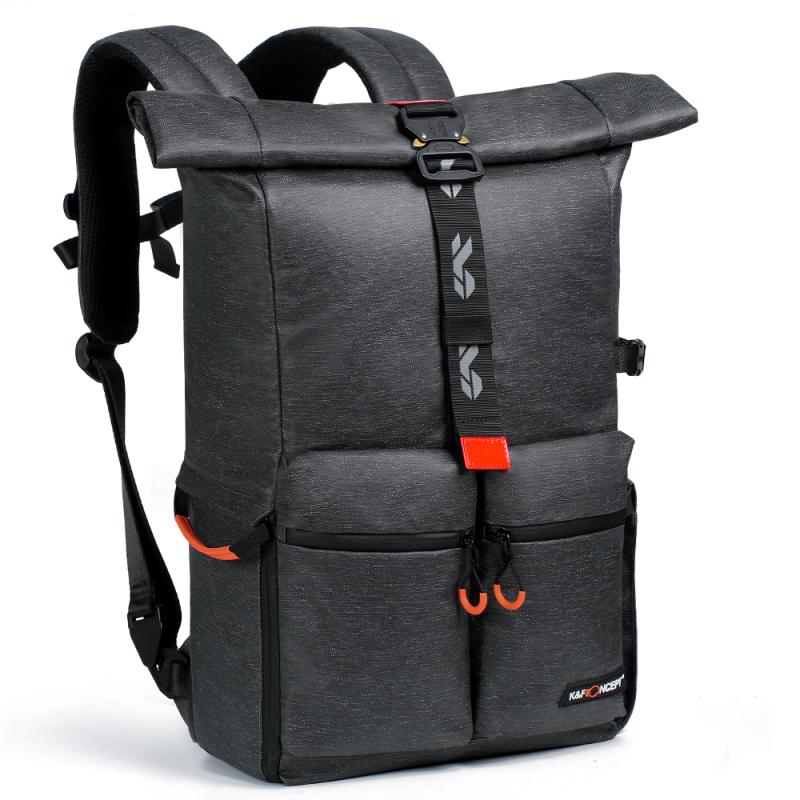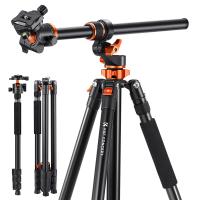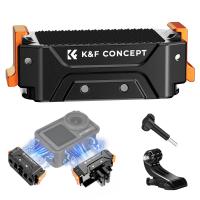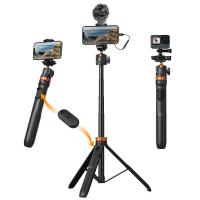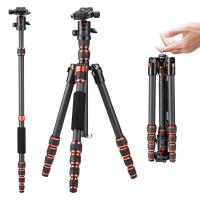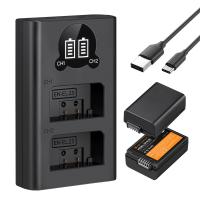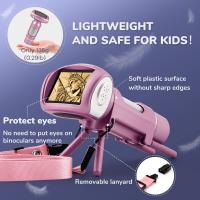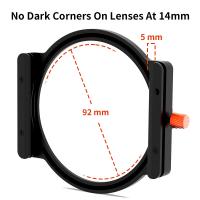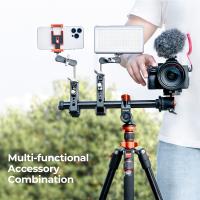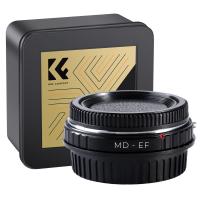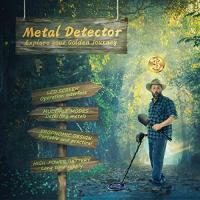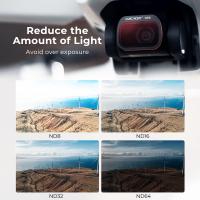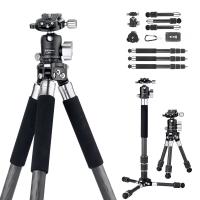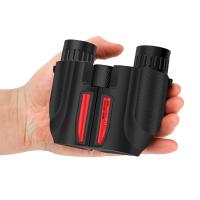What Lights To Buy For Photography ?
When it comes to photography lighting, there are several options to consider. Some popular choices include:
1. Continuous Lighting: These lights provide a constant light source, allowing you to see the lighting effect in real-time. They are suitable for both photography and videography.
2. Strobe Lighting: Strobe lights produce a powerful burst of light, which is ideal for freezing motion and capturing fast-paced subjects. They are commonly used in studio setups.
3. LED Lighting: LED lights are energy-efficient and versatile. They come in various sizes and can be adjusted for color temperature and intensity. LED panels are commonly used for both photography and videography.
4. Softboxes: Softboxes are light modifiers that help create soft, diffused lighting. They are often used to achieve flattering portraits and minimize harsh shadows.
5. Umbrellas: Umbrellas are another popular light modifier that can be used to soften and spread the light. They come in different types, such as shoot-through and reflective umbrellas.
Ultimately, the choice of lights depends on your specific photography needs, budget, and personal preference. It's recommended to research and experiment with different lighting setups to find what works best for you.
1、 Continuous Lighting vs. Strobe Lighting: Pros and Cons
Continuous Lighting vs. Strobe Lighting: Pros and Cons
When it comes to photography lighting, there are two main options to consider: continuous lighting and strobe lighting. Each has its own set of pros and cons, and the choice ultimately depends on the specific needs and preferences of the photographer.
Continuous lighting refers to a constant light source that remains on throughout the entire photoshoot. This type of lighting allows photographers to see the exact lighting effect in real-time, making it easier to adjust and experiment with different settings. Continuous lighting is particularly useful for beginners or photographers who prefer a more hands-on approach. Additionally, continuous lighting is often more affordable and readily available, making it a popular choice for those on a budget.
On the other hand, strobe lighting, also known as flash lighting, provides a powerful burst of light for a brief moment. This type of lighting is commonly used in professional studios and outdoor shoots. Strobe lighting offers several advantages, including the ability to freeze motion and capture sharp images. It also allows for faster shooting speeds, making it ideal for capturing action or sports photography. However, strobe lighting can be more expensive and complex to set up, requiring additional equipment such as triggers and receivers.
In terms of the latest point of view, advancements in technology have made both continuous and strobe lighting more versatile and user-friendly. LED continuous lights, for example, have become increasingly popular due to their energy efficiency and adjustable color temperature. Similarly, wireless triggers and TTL (Through The Lens) metering systems have made strobe lighting more convenient and accessible.
Ultimately, the choice between continuous lighting and strobe lighting depends on the specific requirements of the photoshoot. Both options have their own unique advantages and disadvantages, and it is important for photographers to consider factors such as budget, shooting conditions, and desired outcomes when deciding which lighting setup to use.
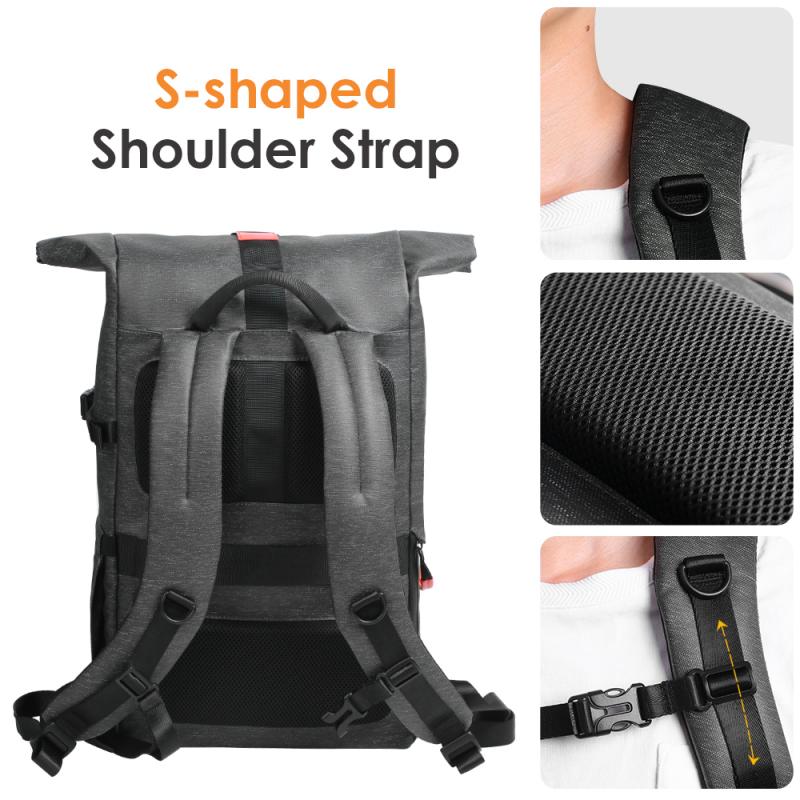
2、 LED Lights: Energy-efficient and Versatile Option for Photography
LED lights are an excellent choice for photography due to their energy efficiency and versatility. LED lights consume significantly less energy compared to traditional incandescent lights, making them more environmentally friendly and cost-effective in the long run. This is especially important for photographers who often require long hours of continuous lighting.
LED lights also offer a wide range of color temperatures, allowing photographers to easily adjust the lighting to match their desired mood or setting. Whether it's warm, cool, or neutral lighting, LED lights can provide the perfect ambiance for any photography project. Additionally, LED lights have a high color rendering index (CRI), which means they accurately reproduce colors, ensuring that the subject appears natural and vibrant in the final photographs.
Another advantage of LED lights is their compact size and portability. LED panels are lightweight and easy to transport, making them ideal for on-location shoots or outdoor photography. They can be mounted on tripods or light stands, providing photographers with flexibility in positioning and directing the light source.
Furthermore, LED lights have a longer lifespan compared to traditional lighting options, reducing the need for frequent replacements. This not only saves money but also minimizes waste. LED lights also generate less heat, which is beneficial when working in small spaces or with sensitive subjects.
In recent years, LED technology has advanced significantly, with the introduction of features such as adjustable color temperature, dimming capabilities, and wireless control options. These advancements have made LED lights even more versatile and user-friendly for photographers.
Overall, LED lights are an excellent investment for photographers, offering energy efficiency, versatility, and advanced features. Whether you are a professional photographer or an enthusiast, LED lights provide a reliable and high-quality lighting solution for all your photography needs.
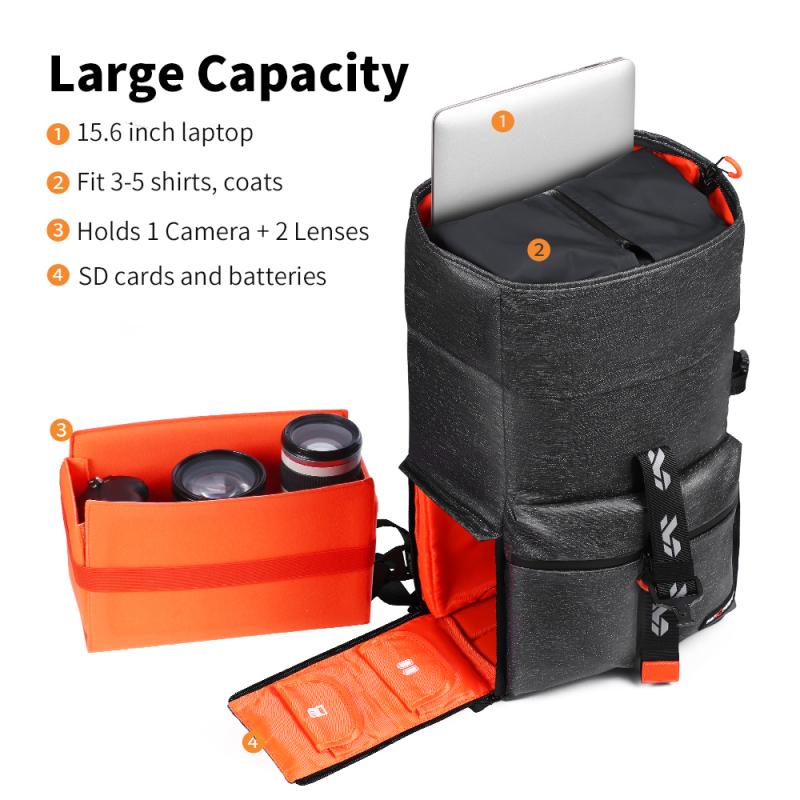
3、 Softbox Lights: Creating Soft and Diffused Lighting for Portraits
Softbox lights are an excellent choice for photography, especially when it comes to creating soft and diffused lighting for portraits. These lights are designed to produce a gentle and even illumination, which helps to minimize harsh shadows and create a flattering effect on the subject's face.
One of the main advantages of using softbox lights is their ability to mimic natural light. The large surface area of the softbox diffuses the light, resulting in a soft and even illumination that closely resembles the softness of natural light. This is particularly beneficial for portrait photography, as it helps to enhance the subject's features and create a more pleasing and natural-looking image.
Softbox lights also offer versatility in terms of control over the lighting. They typically come with a variety of accessories, such as grids and diffusers, which allow photographers to further modify and shape the light according to their specific needs. This level of control is crucial in portrait photography, as it enables photographers to highlight certain features or create a specific mood or atmosphere in the image.
In terms of the latest point of view, LED softbox lights have gained popularity in recent years. LED lights offer several advantages over traditional incandescent or fluorescent lights, including energy efficiency, longer lifespan, and the ability to adjust the color temperature. This means that photographers can easily switch between warm and cool lighting to suit different skin tones or desired effects.
In conclusion, softbox lights are an excellent choice for photography, particularly for portraits. They provide soft and diffused lighting, mimicking natural light and creating a flattering effect on the subject. With the latest advancements in LED technology, photographers now have even more control over the lighting, making softbox lights a valuable tool in their arsenal.
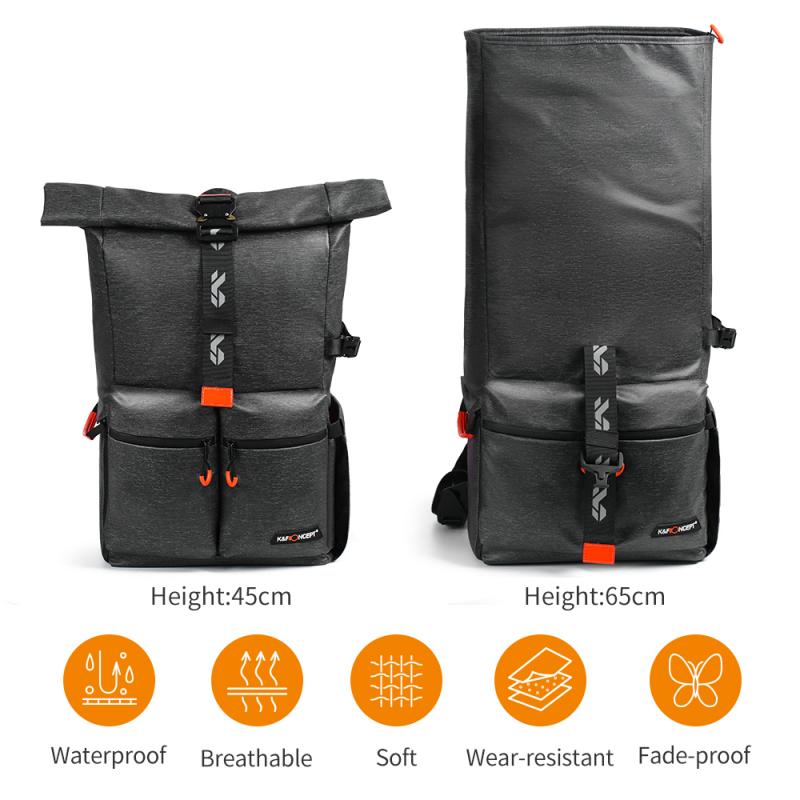
4、 Ring Lights: Achieving Even and Shadowless Lighting for Close-ups
Ring lights are an excellent choice for achieving even and shadowless lighting for close-up photography. These lights are designed in a circular shape with a hole in the center, allowing the camera lens to be placed through it. The main advantage of ring lights is their ability to produce uniform lighting from all angles, resulting in a flattering and evenly lit subject.
Ring lights are particularly popular in portrait photography, as they create a unique catchlight in the subject's eyes, adding a captivating and professional touch to the image. They are also commonly used in macro photography, where capturing intricate details is crucial. The even lighting provided by ring lights helps to eliminate harsh shadows and highlights, allowing for a more accurate representation of the subject.
In recent years, ring lights have gained even more popularity due to the rise of social media influencers and content creators. Many vloggers and beauty bloggers use ring lights to achieve a well-lit and professional look in their videos and photos. Additionally, the compact and portable nature of ring lights makes them convenient for on-the-go shooting.
When considering which ring light to buy for photography, there are a few factors to consider. First, the size of the ring light should be chosen based on the desired effect and the size of the subject. Larger ring lights will produce a softer and more diffused light, while smaller ones will create a more focused and intense light.
Furthermore, it is important to consider the power source and adjustability options of the ring light. Some models are battery-powered, making them ideal for outdoor shoots or locations without easy access to power outlets. Additionally, having adjustable brightness and color temperature settings can provide more flexibility in achieving the desired lighting effect.
In conclusion, ring lights are an excellent choice for achieving even and shadowless lighting in close-up photography. Their versatility, ease of use, and ability to create captivating catchlights make them a popular choice among photographers and content creators.
